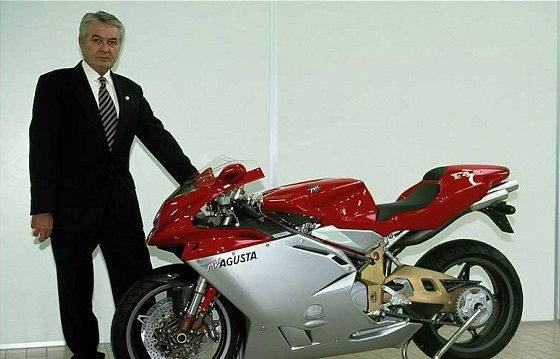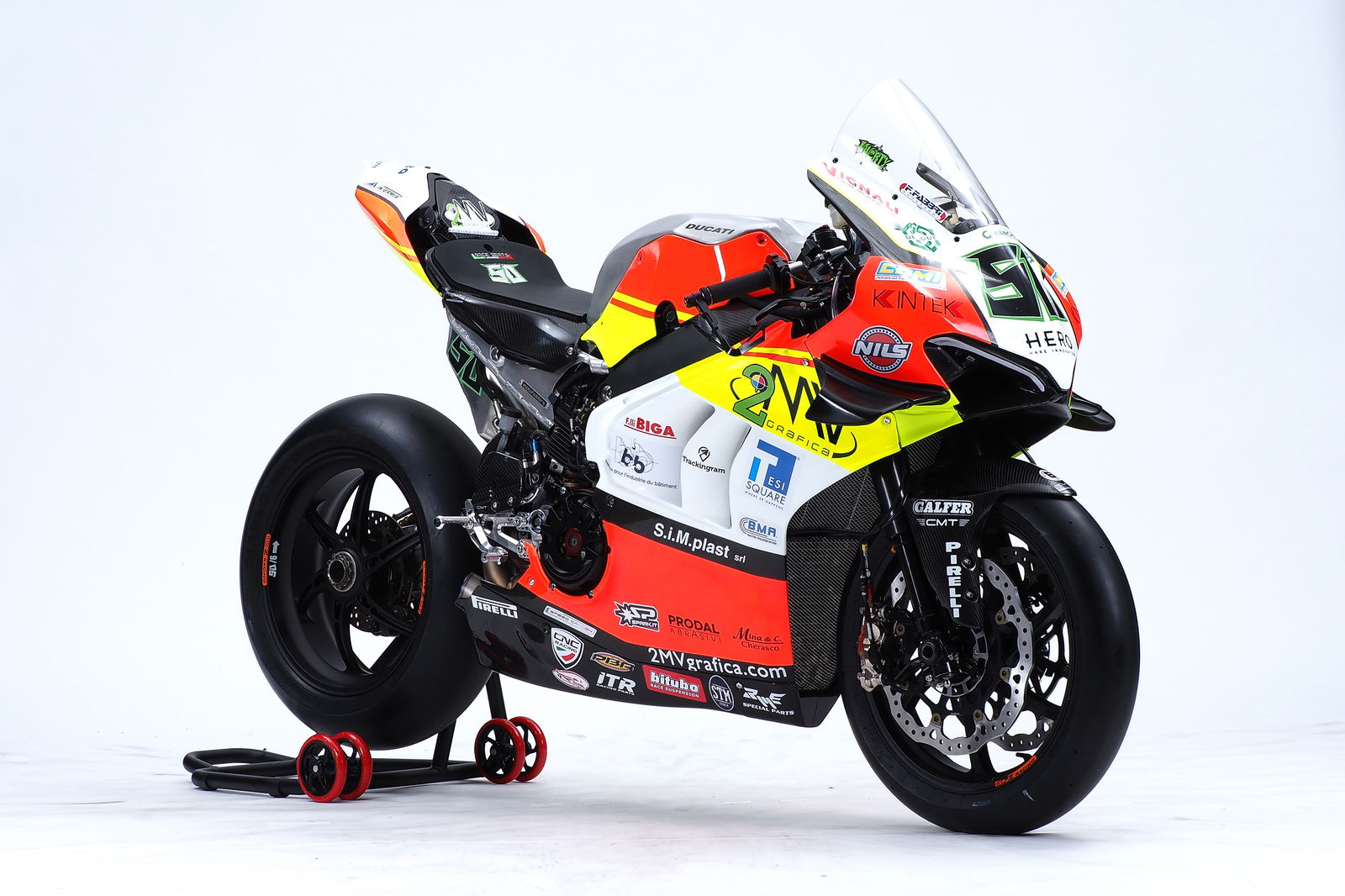How do you solve the electric motorcycle problem?
Visordown looks at the avenues the industry could go to solve the problem of an electric motorcycle’s range and recharge time
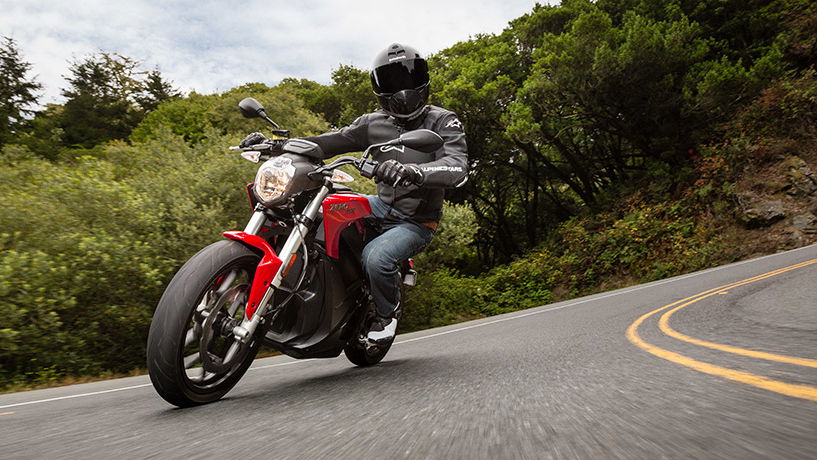
Electric motorcycles are becoming an ever more mainstream option for those looking for a quick, clean and cheap (to run) motorcycle. But to the naysayers, they are over-priced, too heavy and have limited range. Visordown ponders how the industry goes about winning over those riders.
I’ve been a lucky git since starting in the bike industry, and have ridden most of the mainstream electric motorcycles available in the UK. And in complete honesty, I’m a big fan. The acceleration, the low-running costs and the environmental benefits – I can see it all. But I’m not blind to the initial cost of the machines, the fact they cannot yet compete with a petrol bike in terms of range and refuelling time and that they do miss out on some of that je ne sais quoi of a petrol machine.
So, how do we make the petrol-heads take a second look at a bike like Energica’s Ego? The main point for my focus is the range and recharge time. Here are the options open to the industry – which way do you think they should go?

Range
It’s tricky to ask to sort this as it isn’t as simple as just bolting on more range. On a petrol bike that’s easy, make a bigger tank. On an electric, it’s not so simple. The batteries weigh more (another common complaint), take up more space than an extra few litres of fuel and also need to be kept cool. But there are some solutions we could utilise.

Exchangeable batteries
The tech is already out there – GoGoro has developed their own interchangeable battery tech and so have Kymco with their Noodoo recharging stations. The idea is simple, ride up to the charging station with your near-empty batteries in your bike. Swipe your relevant card to confirm you’re allowed to use the system, take your fresh and fully charged battery out of the unit and slot it into the bike.
The big pros here are that going from flat to full could take less than a minute, where even the fastest full-size electric bikes take 20-minutes. Because of the quick turnaround time, riders won’t be so adverse to stopping frequently. Instead of splitting their journey up into smaller chunks. The system is already taking off in places like Taiwan, where a massive proportion of two-wheelers are already electric. For the system to really take off it needs to be unified, with spec-size and shape batteries. The smaller batteries could also help keep the weight of the bike down, as the manufacturers can chase handling over the outright range.
Road-based inductive charging
This is probably the most far-fetched sounding but the tech is sound, many people have the same kind of system in their homes to charge their smartphones.
The system works by continually charging your bike as you ride along the road. Energy is sent through an inductive coupling to an electrical device, which can then use that energy to charge batteries or even run the vehicle. It is the technology that enables smartphone wireless charging, such as the Qi wireless charging standard.
This type of system is a kind of golden egg for riders and makers, as it means the batteries in the vehicle will only need to power it for as long as it isn’t on an inductive road. The more wide-spread the tech becomes and the smaller, lighter and faster the bikes can become.
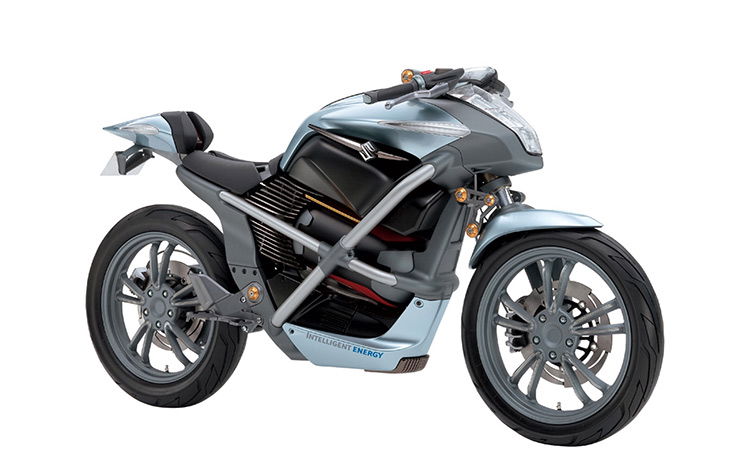
Hydrogen fuel cells
Another form of tech that sounds outlandish but again, the tech for a hydrogen fuel cell powered motorcycle is well and truly with us. Suzuki has a working Burgman scooter that’s powered by Hydrogen fuel cells. It really just needs to be taken on by the masses and produced.
How does a hydrogen fuel cell work?
A hydrogen fuel cell works by passing hydrogen through an anode (positively charged electrode), and oxygen through a cathode which is a negatively charged electrode. Hydrogen molecules are split into electrons and protons on the side of the anode, with the protons passing through an electrolyte membrane. The electrons that are left are forced through a circuit that generates an electric current. At the cathode, the protons, electrons, and oxygen combine to produce water molecules, which is the only by-product of a hydrogen powered vehicle.
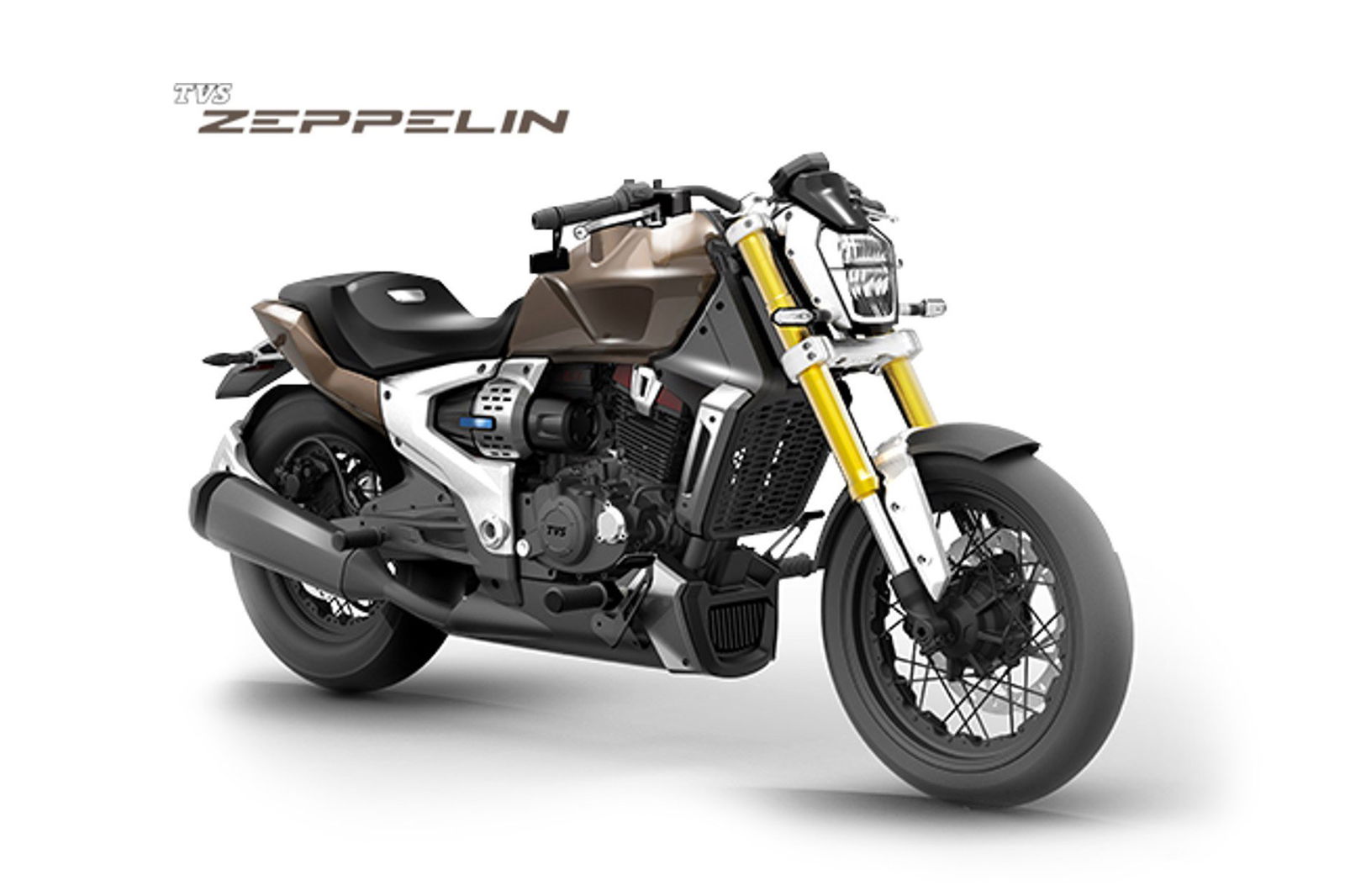
What about a hybrid motorcycle?
It’s strange that hybrid tech in cars is as common as a middle lane hogger on the M1, yet in bikes it’s barely seen daylight. Hybrid engine in bikes could, in theory, be a fantastic solution which gives riders the best of both worlds’ scenario. The petrol engine can be used to run the bike when needed and helps to put power back into the battery. When not required, the petrol engine can effectively shut down and the bike can waft along under electric power.
So why hasn’t the bike industry jumped on the hybrid bandwagon? Sadly, it’s the electric motorcycle’s oldest foe, weight. The bike would still need a petrol engine, let’s say a small 400cc twin weight about 60kg. It’s still going to need an electric motor, 15kg perhaps. Let’s not forget the batteries needed to take it short distances on electric only power – call that another 15kg. We’re already at 100kg of hardware before the bike has been built. And that doesn’t consider the gearbox that mixes the electric and petrol power and any kinetic energy recovery systems that the bike uses.
The other factor preventing the rise of the hybrid motorcycle is the cost, all these systems need to merge electric and petrol power is costly. And that’s already one of the primary complaints of the petrol heads when they talk about electric motorcycles!
